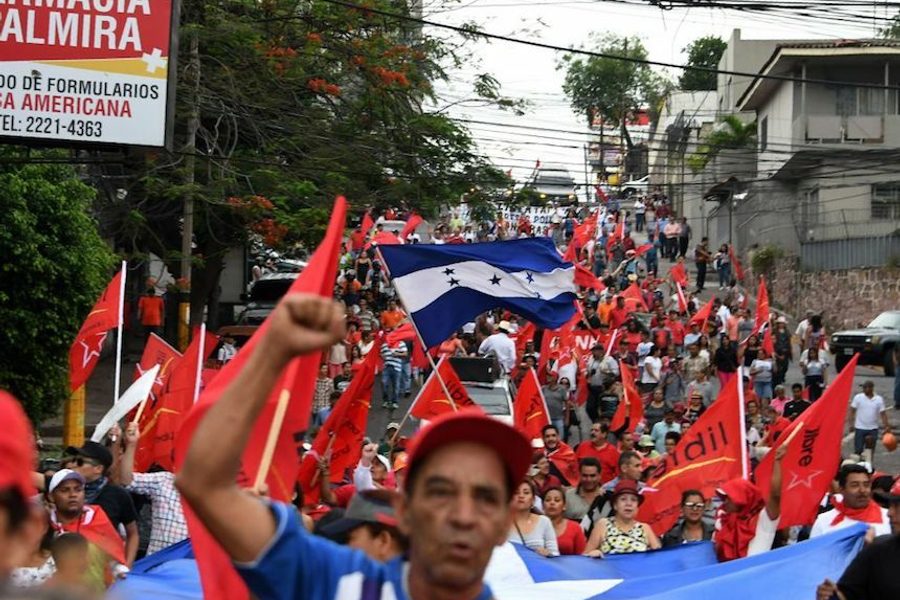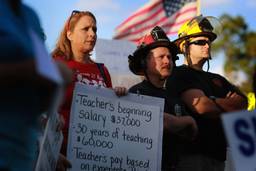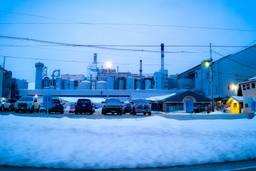Trump’s Heartless Honduras Policy, in 15 Numbers
By revoking Temporary Protected Status (TPS), the Trump administration is sending Honduran immigrants back to a nation in crisis.
Sasha Kramer

The Trump administration has acted to terminate Temporary Protected Status (TPS) for more than 300,000 people from six countries. This means that survivors of natural disaster or humanitarian crises are seeing their lives crumble once again as they become unauthorized residents of the United States.
In early May, Trump canceled TPS for Honduran survivors of Hurricane Mitch, who found refuge in the U.S. some 20 years ago. This means they will soon be forced to return to their home countries.
The Department of Homeland Security is meant to consider the safety of the country that it is sending people back to. According to the Trump administration, Honduras has recovered, so there is no reason to allow the Hondurans to live in the U.S. any longer.
But all evidence suggests that the country is still dangerous — and it’s partly the United States’ fault.
The mainstream narrative goes that Hondurans come to the U.S. because their own country is wrecked with gang violence and poverty, but such a narrative obfuscates the United States’ role in perpetuating that condition.
Beginning in the 1890s, banana-republic imperialism fashioned the country’s subservient economic position. The 1970s saw the beginning of the war on drugs, and a drug lord deported from the United States helped finance a right-wing coup. The Obama administration played a vital role in establishing the success of the military coup in 2009, which insured Juan Orlando Hernández the presidency. Under Hernández, Honduran society is highly militarized. U.S. military aid to the country funds the government’s political repression and violence, which has led to human rights violations. Today, Honduras is one of the most dangerous countries for LGBTQ people and political and environmental activists, and is rife with femicides.
Below is a statistical snapshot of the Honduras that TPS recipients are being forced to return to.
Honduras by the Numbers
- 86,000 Honduran immigrants who lost legal U.S. residency when President Trump rescinded their Temporary Protected Status on May 4
- 53,500 U.S.-born children who must move to Honduras with their parents or be left behind
- 60% Poverty rate in Honduras
- 44 Homicides in Honduras per 100,000 inhabitants, nearly seven times the global average
- 2009 Year Juan Orlando Hernandez seized the Honduran presidency in a U.S.- backed coup
- 300 People assassinated by Honduras security forces from 2009 to 2012
- 23 Protesters killed, along with 60 injured and 1,500 imprisoned, after Hernandez’s disputed 2017 reelection
- 190,000 Hondurans internally displaced by conflict and violence as of 2017
- $115.6 million U.S. security aid sent to Honduras from 2009 to 2018, according to the Security Assistance Monitor
- $17.6 million in U.S. arms sales to Honduras from 2009 to 2016, according to the Security Assistance Monitor
- 120+ environmental activists murdered by state forces, security guards or hired assassins from 2010 to 2017
- 236 Violent deaths of women between January and October 2017
- 35 LGBTQ people killed between January and October 2017








